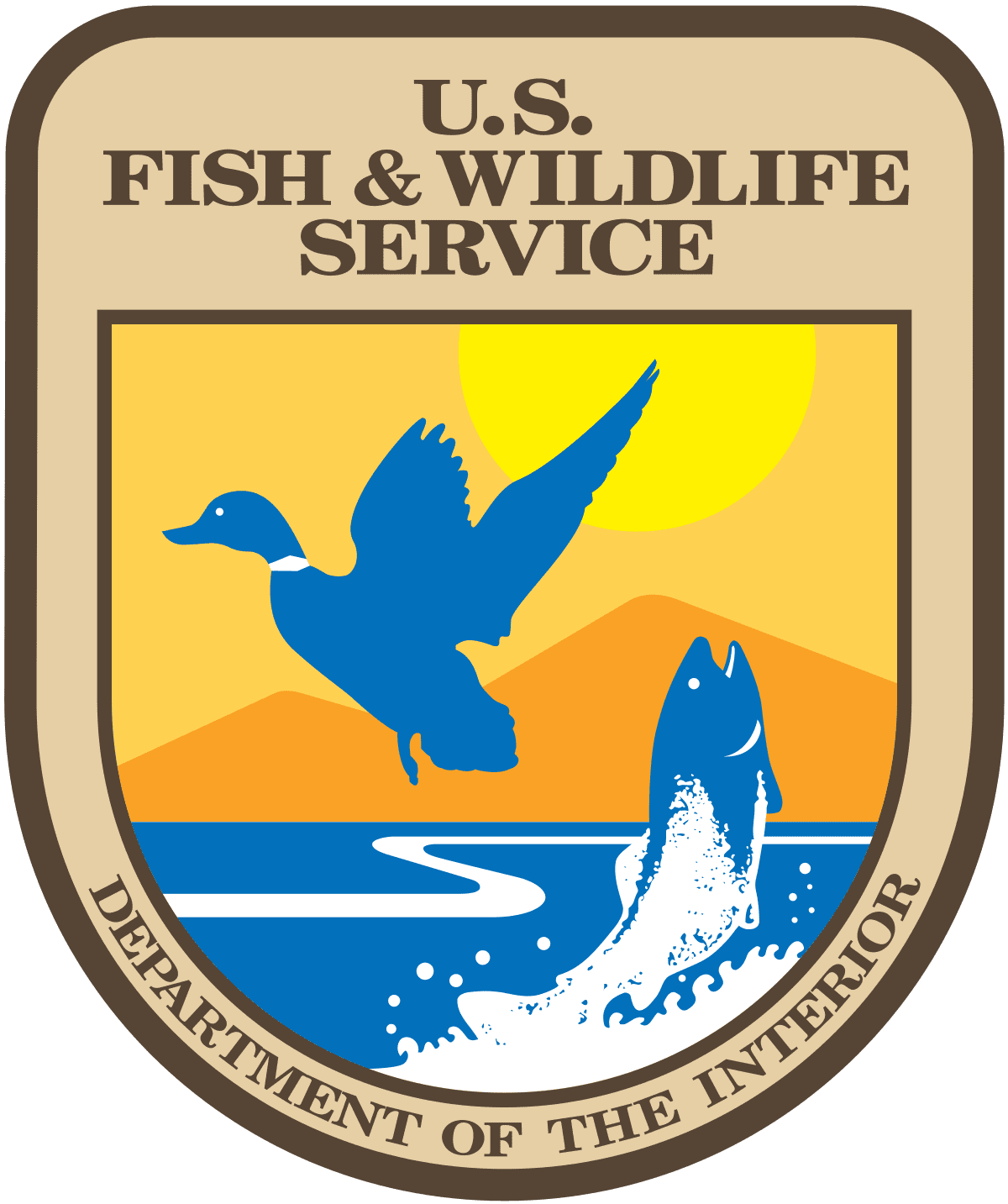Get Involved
There are many ways to join the movement to stop bird collisions. Whether you want to volunteer, host a presentation, start your own project or initiative, you can learn how here!
Volunteer Locally
Participate in Collision Monitoring
Many cities have active volunteer groups working to monitor collisions. You can search online or check the iNaturalist Bird-Window Collision Project to see if your city has a collision monitoring group.
If your city does not have a collision monitoring group yet, and you would like to start one, check out the U.S. Fish and Wildlife Service’s resource collection “Developing a Bird-Glass Collision Monitoring Program” and follow American Bird Conservancy’s Guidelines for “Monitoring Buildings for Bird Collisions” to get started. Consider using the Global Bird Collision Mapper (GBCM) to log collisions. GBCM is a global Web app for reporting and viewing the locations of bird collisions with buildings.
Want to start a new monitoring project?
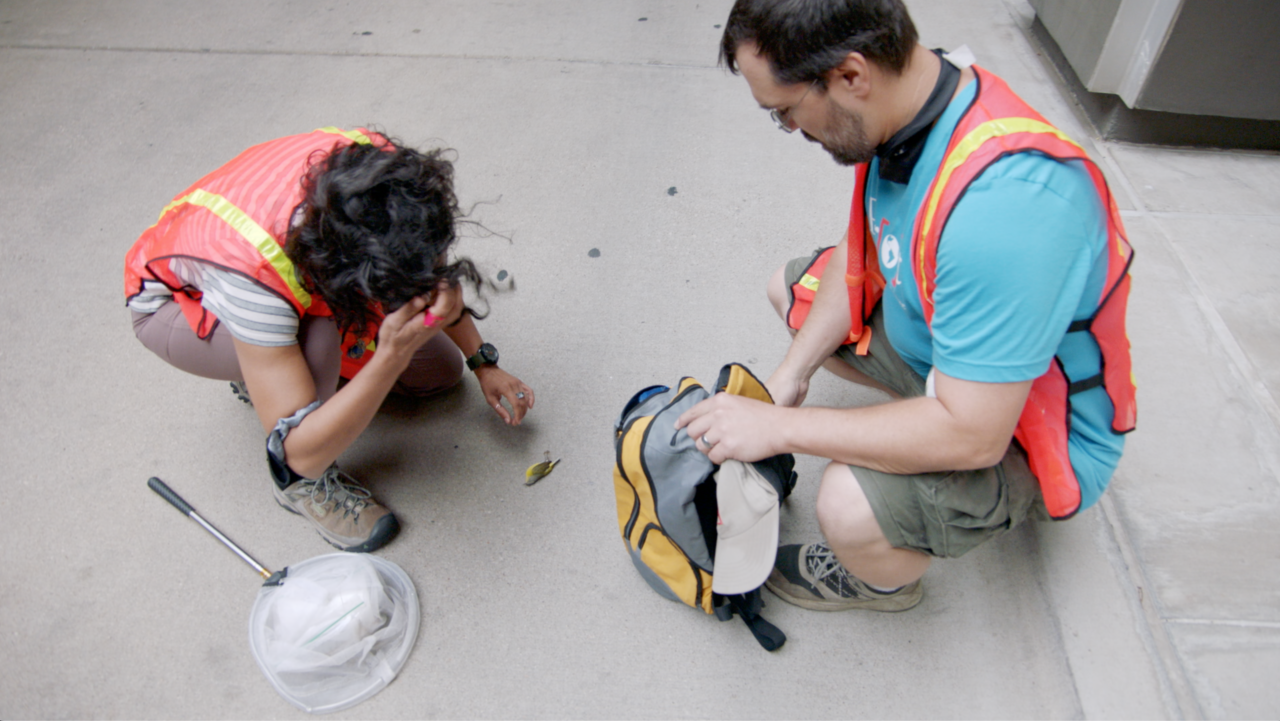
Become a Dark Sky Advocate
Dark Sky International has more than 70 chapters involving over 2,000 advocates!

Get Certified
Earn a Bird City Designation
There are a handful of cities that have developed Bird City Programs through Bird City Network. To earn a Bird City designation, communities must fulfill a specific number of actions across 4 categories: habitat, threats to birds, education & engagement, and sustainability.
Within this categorized framework, each Bird City Program curates a customized action list that communities work from to apply for designation. Through the action list, community leaders can make a plan for bird-friendly action over time that fits with their community conservation goals.
If there is no program near you and you would like to start one, go to Bird City Network and contact them directly for next steps.
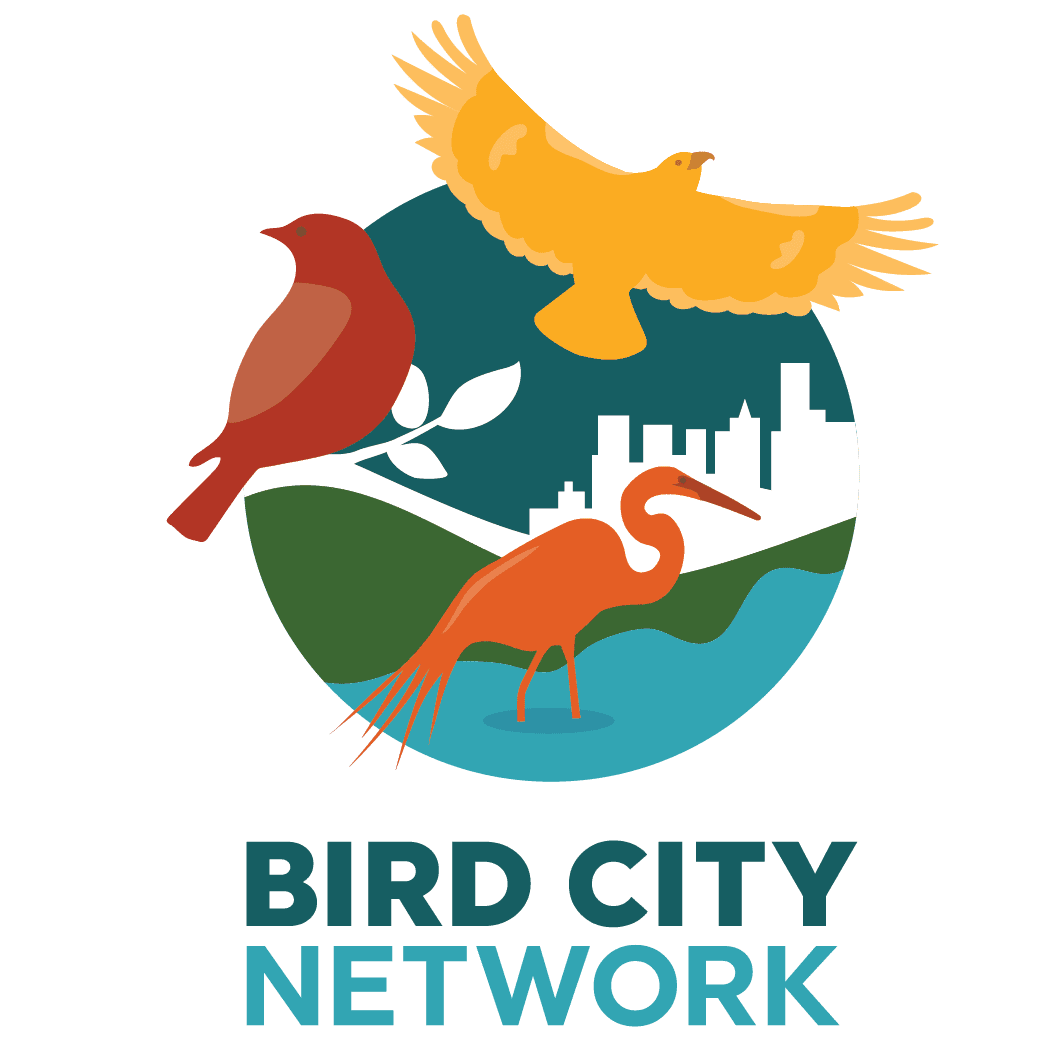
Get a Dark Sky Place Certification
The International Dark Sky Places program is an independent, third-party review and certification of outstanding dark sky conditions and protection practices. More than 200 places around the world have been certified since 2001.
You can get a location certified as a Dark Sky Place, nominate a Dark Sky Place, or get support from your local community for a new Dark Sky Place.
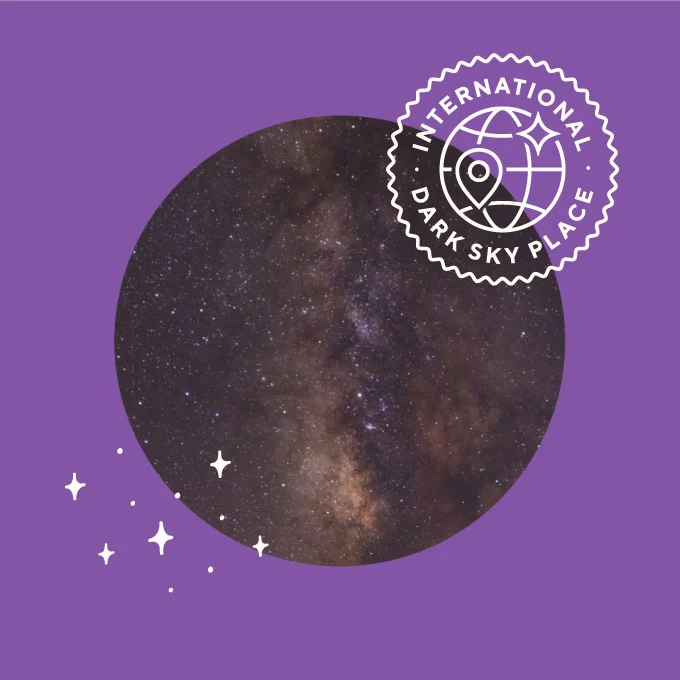
Get LEED Credits for Your Building
LEED has achievable credits listed both in the Innovation catalog of LEED v4.1 for New Construction and in Sustainable Sites v5 for ‘Core and Shell’ and ‘Existing Buildings’, accessible in the U.S. Green Building Council’s LEED credit library.
The credit for new construction titled “Innovation: Bird Collision Deterrence” states the intention to “reduce bird injury and mortality from in-flight collisions with buildings.”

Become Informed
Take a Class in Bird-Friendly Building Design
The American Bird Conservancy offers bird-friendly building design courses for American Institute of Architects and LEED continuing education credit. Both in-person classes and webinars are available. Click here to learn more about the class. To schedule a class, email collisions.abc.org
Learn about Bird-Friendly Action
Bird-friendly legislation in the U.S. started in 2008 with a bill for unincorporated Cook County, Illinois (excluding Chicago). Since then, legislation has been passed in dozens of jurisdictions at different levels, from towns to states. Federal bird-friendly legislation has also been proposed with the “Federal Bird Safe Buildings Act” introduced to Congress in 2023.
Bird-friendly design policy is generally structured with similar sections. These usually include how “bird friendly” will be defined, which structures are covered, and how much of each structure must be bird friendly. These sections vary considerably in different ordinances passed in the United States, sometimes resulting in unintended consequences. It is important to learn about the details of existing policies in the United States, and be aware of what is being recommended by leading organizations on the subject such as the American Bird Conservancy.
The Database of U.S. Bird-friendly Building Policies was created by Viveca Morris and collaborators, and is hosted by the Yale Bird-friendly Building Initiative.

Attend Webinars and Share Recordings
There are many recorded and upcoming webinars on bird collision prevention and bird-friendly design. We have listed a few here, but search online for more!

Cornell Lab of Ornithology It’s Clear—Glass Kills. How to Prevent Bird Collisions at Your Home
May 14, 2025
American Bird Conservancy “They’re Here! How to Help Migratory Birds this Spring
FLAP Canada Bird-Safe Buildings: Mitigation Strategies
Better Buildings U.S. Department of Energy “For the Birds: Energy Co-Benefits of Bird-friendly Buildings”
U.S. Geological Survey and Eastern Ecological Science Center Bird Banding Lab “Bird Collisions: Current Science and Future Opportunities”
Teach Others
Host or Give a Presentation
Many organizations offer regular lunch & learns, presentations, or other lecture programs and would be excited to host a speaker to learn about preventing bird collisions.
If you don’t know where to start, try approaching local conservation organizations and nonprofits, nature centers and reserves, schools and universities, bird and garden clubs, zoos, libraries, museums, and senior centers. You could also offer to present at any organization you’re a part of, whether it’s normally nature-oriented or not!
Feel free to use this website to inform your presentation, prepare for common questions that may be asked, and contact us with any questions.
Share Film & Media on Collision Prevention
Host a “Lights Out Texas” Film Screening
The Lights Out Texas documentary is being showcased at events and museums, including broadcasts in Texas. To arrange a screening at your event, please reach out to dhs262@cornell.edu.
Watch and share Wild Hope’s Episode 36: Building for Birds
This episode highlights the important work of the The Jacob K. Javits Convention Center in New York City and The Smithsonian’s National Zoo and Conservation Biology Institute in Washington, D.C., to stop bird collisions at their buildings.
Start a School Initiative
Develop Local Curriculum
Many local school programs are educating their students about bird collisions and collision prevention by monitoring their school for collisions, making their school’s windows bird-safe, and developing and incorporating a bird safe curriculum.
The U.S. Fish and Wildlife Service has adapted a slide presentation for K-12 educators on flight, migration, and collision. We hope to have more resources for curriculum development here in the future. In the meantime, here are some superhero stories of bird-safe school programs!
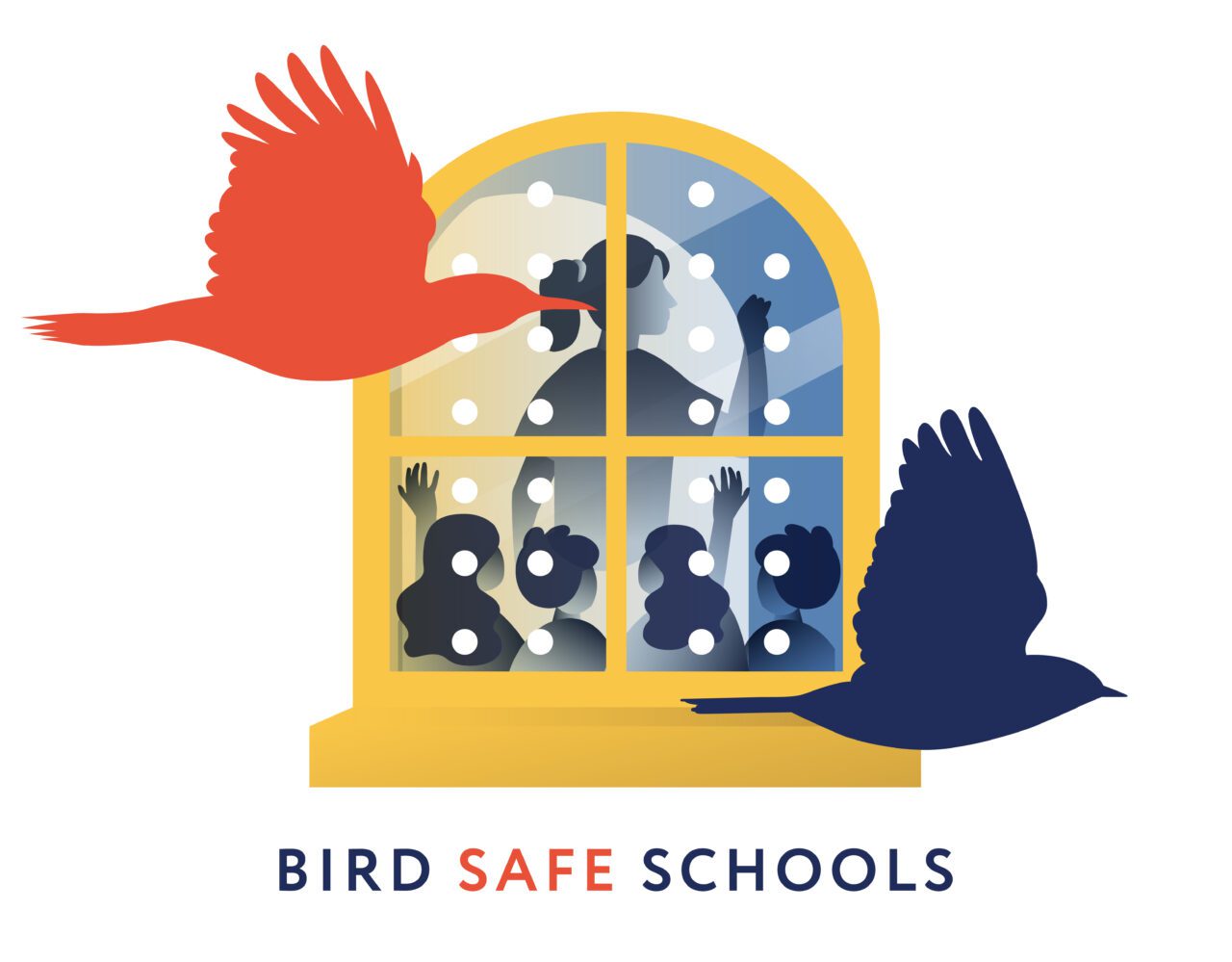
Bird Safe Schools is a program initiated by Bird Safe Philly and led by founding partner, Liberty Bird Alliance. The program provides presentations to students and their teachers on bird collisions and what they can do to help. The program also encourages students to carry out collision reduction projects at their own schools. Springside Chestnut Hill Academy became the first ‘Bird Safe School’ by applying Feather Friendly to their cafeteria windows!

Yarmouth Elementary School in Yarmouth, Maine piloted a “birds and birding” unit for fourth-grade students in 2022. Afterward, the students painted the school’s windows to prevent bird collisions and presented to the Yarmouth Education Foundation asking for a grant to fund a permanent collision solution at the school. The school’s windows have since been permanently treated to prevent collisions.
Start a Campus Initiative
Get involved in bird collision prevention on your campus! Whether you are hoping to start a collision monitoring program, contact school leadership about bird-friendly initiatives, or share information about collision prevention, there are resources for you. Fatal Light Awareness Program (FLAP) Canada has created this helpful Bird-friendly Campus Resource Page for anyone looking to contribute to bird collision prevention on their campus.
Remember, you are not alone! There are 137 (and counting) bird-friendly campus initiatives across the United States and Canada. Recently, the Bird Safe Campus Summit was held to connect many of these campus programs and share findings, successes, and more! Follow Bird Safe Campus Summit on Instagram to learn about future plans for annual summits.
Click here to access the recently created Bird Safe Campuses Website & Dashboard
Below is an informational map of bird-friendly campus initiatives created by presented at the summit by Isabelle Pardew, an affiliate of Lights Out Towson University. Click on the dots to learn more about the initiatives






